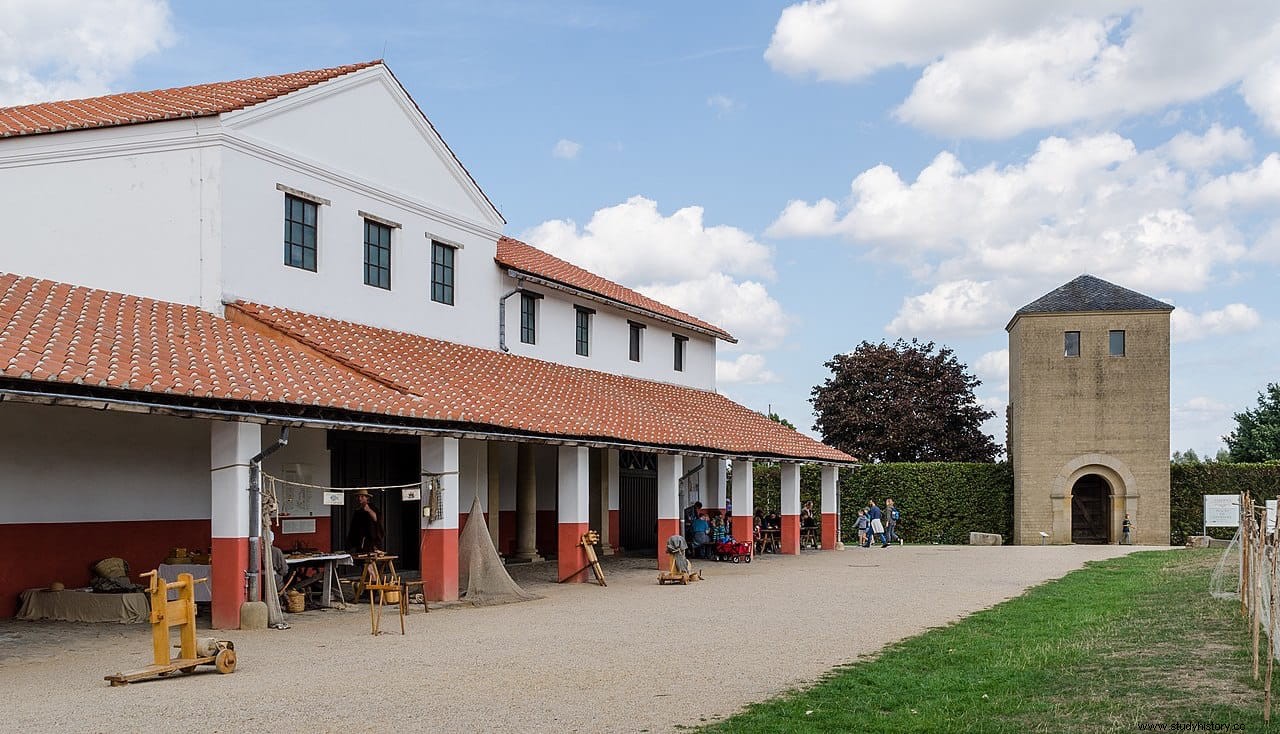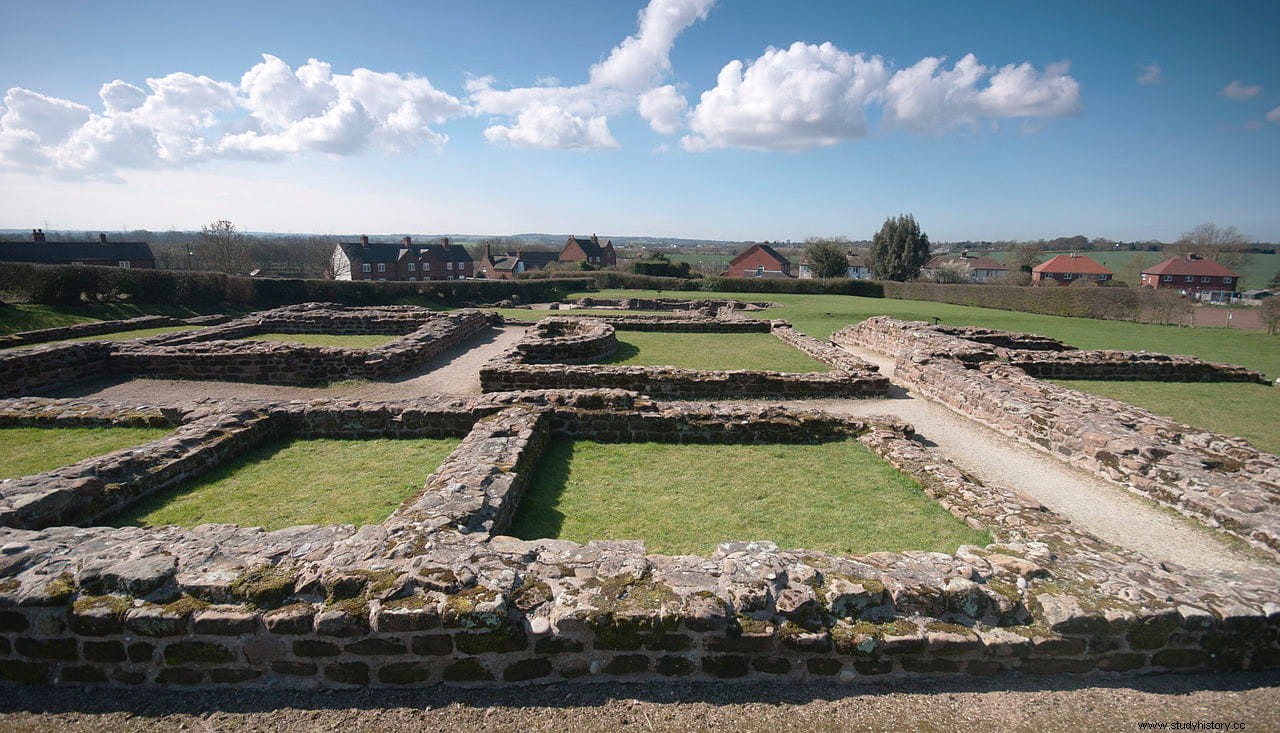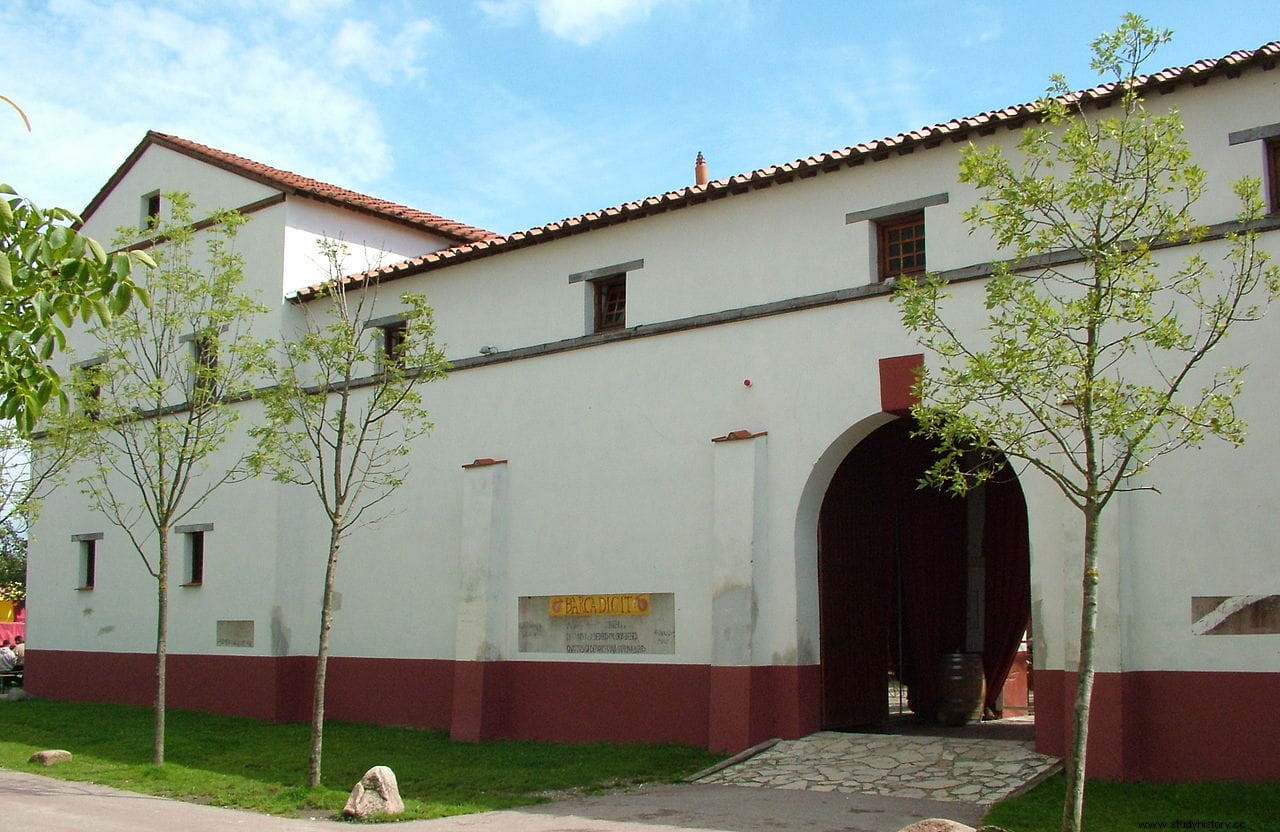In the article that we dedicated to the Persian Royal Road, we said that Darius had established 111 stations or posts along the entire route that connected the Achaemenid empire, equipped with refreshment horses, where the royal messengers could carry out relays, and even spend the night if necessary. .
The Romans would also establish a similar system on their roads, which included both establishments for the use of authorities, magistrates and army officers, as well as for merchants and all kinds of travellers, and even specific ones for the care of animals. Together they are considered the precedent of sales, inns and service stations.
Thanks to these establishments, for example, the emperor Tiberius was able to carry out the chariot relays necessary to travel 300 miles in 24 hours and visit his brother Nero Claudius Drusus, who was about to die of gangrene after a fall from his horse.

Mansions
A mansio (Latin mansus , derived from the verb manere which means remain or stay ), was an official stop on a Roman road that was maintained by the government for the use of officials, magistrates and businessmen, and in general for anyone who had to travel due to official business.
It is believed that they were an evolution of the castra , rest stops established at regular intervals for the legions, which were increased and expanded until they became authentic villages.

Each mansio was between 44 and 60 kilometers from the next, roughly the distance an ox-drawn cart could travel in a day. The cisiarii (car drivers) rented cars from them to travelers, something similar to today's taxis, and took care of transporting government shipments.
The Burdigalense or Bordeaux Itinerary, the oldest known Christian itinerary written by an anonymous pilgrim on a journey to the Holy Land between AD 333 and 334, lists in order all the mansions from Bordeaux to Jerusalem, with the mutationes intermediate (later we will see what they are) and the distances between them.
Those who wanted to spend the night in a mansio had to identify themselves with official documents or safe-conducts before the mansionarius , the official in charge of the daily supervision, control and organization of the mansio.

The mansions that have been the object of archaeological excavations show that they had rooms and services that we would find in inns, such as a reception, bathrooms, bedrooms, dining rooms, kitchen, forge, barns and stables.
Stations
Halfway between the mansions were the stationes , which were originally a kind of control customs, where circulation taxes were collected from travelers and a toll for imported goods.
They also ended up becoming a kind of shelter for travelers to rest and relax, where they were also protected against possible bandits.

Mutations
At a shorter distance than the stations stalls were arranged for the relief of the horses, destined in principle for public messengers. They were called mutationes and they were something similar to modern service stations.
The horses that were in them were kept at the expense of the emperor and were permanently available to public employees. There were also professionals to repair cars, veterinarians to care for animals, and places for short rest.
Caupones
Many unofficial travelers they could not make use of mansio or mutationes. For this reason, many times other similar establishments were located next to them, although with a much worse reputation.
This is the case of cauponas (cauponae ), a kind of mansions maintained and operated by private merchants. They lacked the comfort and security of their official equivalents, although some, especially near medicinal or hot springs, could offer special luxuries for those who could afford them.
In the few cauponas that have been found and excavated, the decoration of graffiti on their walls stands out. When within a city or town, cauponas functioned as taverns offering cheap lodging and entertainment.

Taverns
In the early days, when there was hardly any unofficial travel, and there were as yet no mansions or mutations, the houses that were situated near the causeways were required by law to offer hospitality to travellers.
Many of these houses thus became taverns (tabernae ), a term derived from the Latin word meaning shed or hut , and were more akin to hostels than the modern taverns we know today.
As the roads developed, the taverns evolved, some becoming official mansions and mutationes, and others maintaining their characteristics, becoming more or less luxurious and acquiring a good or bad reputation, depending on the case.

The so-called Three Taverns (Tres Tabernae , three shops), located about 50 kilometers from Rome on the Appian Way, which was the first mutatio leaving the city (or the last before entering it). Saint Paul was received there by a group of Christians when he was taken prisoner to Rome around the year 58 A.D.
An entire town grew up around Tres Tabernas, which in the 4th century became an episcopal see. After the barbarian invasions it began to decline, until it was finally destroyed around the year 868 A.D.
